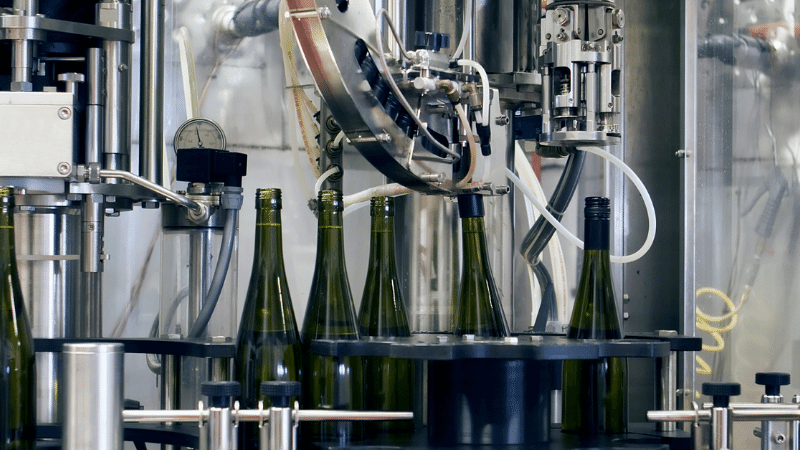
Following the completion of fermentation and malolactic fermentation (MLF) wines will start to clarify on their own. If this occurs slower than you may want, you can also consider filtration as a means of clarifying, however when you do come to filter do ensure that the wines are stable, as you don’t want to filter more times than is necessary.
Filtration options are either a pad and paper filter, DE filter or – if you have a bigger budget – a cross flow filter. All filters, if handled well, will do a good job for you and your wines. The issues tend to arise from a lack of operator experience as opposed to any fundamental flaw with the machines.
There are a couple of key things that you must do to ensure successful filtration; firstly you need to clean and sanitise your machine thoroughly before use. Filters are often a seasonal item and can be left idling for a good few months before they are used again, so will always require a clean and to be sanitised prior to use.
You must also make sure that you have the correct machine for the task that you are asking it to do. The cross flow filter will filter your wines to sterile on the first pass and is therefore a great bit of kit, however the price is often prohibitive for even a medium sized winery and as such the next best option is the diatomaceous earth (DE) filter.
DE filters allow you to handle a wider array of solids and once you have purchased the machine it is actually cheaper to run on a batch by batch basis than a pad filter. Once you have got a good handle on how to use a DE filter (it does take quite a lot of practice) you can also push through any liquid with inert gasses such as CO2 or nitrogen.
If you don’t fancy getting to grips with a DE filter and you are small batch filtering, there are some decent small pad filters available. These filters perform poorly if the wine has not been racked clear prior to filtration.
How to achieve sterility in bottled wine
If you are using a DE filter or small pad filter, you will require a cartridge filter to catch any powder or particles that are bigger than 1 micron (µ). Ideally your system post coarse filtration would be a 5µ cartridge filter to catch powder, followed by a 1µ cartridge (to catch unwanted yeast), followed by a membrane filter (0.45µ- 0.65µ) to stop bacteria. Following the membrane filter you can proceed to your bottling machine and bottle. You must ensure that anything that will come into contact with the wine has been sterilised, as previously outlined this is best achieved through steam or peracetic acid (PAA). I recommend PAA as if handled correctly it provides instant sterility as opposed to hot water and steam where it is recommended to have at least 20 minutes of contact time.
It is the membrane filter that guarantees you sterility, so this is the key item in the chain never break the line beyond this point.
Other things to check;
- When cleaning and sterilising the cartridges make sure that you bring your PAA, steam, hot water out of the top point of the cartridge, there should be a valve on top of this filter that will allow liquid or steam out.
- PAA is a steriliser and not a cleaning chemical so use in conjunction with a clean. Cleaning is best carried out with caustic soda or enzymatic cleaners (enzybrew) that are designed to break down solids.
- Ensure that any alkaline cleaner has been thoroughly flushed with water before using PAA. You can buy pH strips that will give you an instant result of neutrality and is very cost effective.
- Make a fresh batch of PAA every time (2%).
- Ideally use with an ATP reader. You set the limit – I recommend >10 is a fail. If >10 re-clean.
- Catch filters can be rejuvenated – membrane filters cannot so protect them.
- Rinse – clean – rinse – sterilise – rinse – check pH/ATP